The Story of Mercer’s Bead Head Epoxy Biot Golden Stonefly
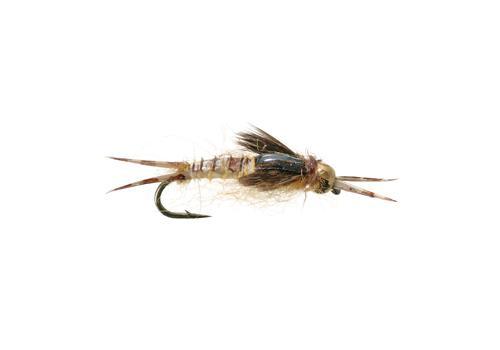
Mike Mercer is a truly exceptional modern fly tyer, notably for his clever uses of natural and synthetic materials. His ingenious series of “Poxyback” mayfly nymph patterns exemplifies this ability to mash up materials to create a wildly effective fly.
Mercer’s Bead Head Epoxy Biot Golden Stonefly is the logical extension of the Poxyback style from the mayfly to the stonefly, and serves as an excellent imitation of the golden stonefly in its mature nymph or emerger life stage. With its thin profile, biot-wrapped body, wiggly feather gills, flashy bead head, and “wet” epoxy shell, this smartly dressed fly is sure to pick fight with the biggest steelhead and trout in your favorite pool! 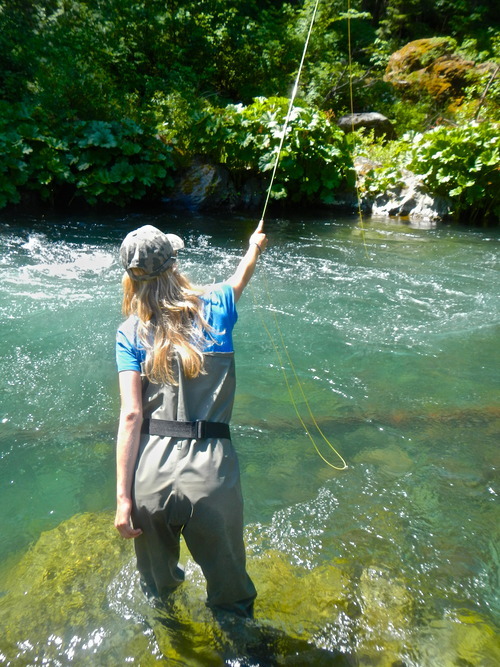
When and Where to Fish Mercer’s Bead Head Epoxy Biot Golden Stonefly
This medium sized stonefly nymph can be fished as either an impressionistic fly pattern when searching for trout or as a realistic imitation when matching the hatch. When searching, fish this fly in riffles, well defined current seams, areas below faster currents, and near exposed rocky structure and streamside vegetation. Shallow water near the river bank will also be productive when fishing a golden stonefly hatch, so be sure to survey the scene thoroughly. These nymphs do not possess strong swimming ability, however, and are often swept into the main current’s drift – look for these floating specimens in the main drift as well as shallower, less energetic water near sheltered areas. Prior to and during emergence, an angler will easily spot these nymphs crawling from the rocky depths to the shallower water along the river bank and eventually to the surface of exposed rocks and vegetation to shed their shucks and hatch into winged adults.
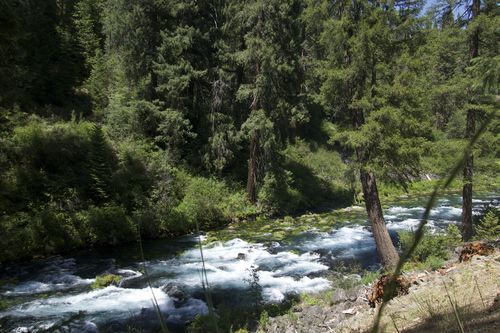
How to Fish Mercer’s Bead Head Epoxy Biot Golden Stonefly
Fish this fly in a variety of water types; because of their aggressive and migratory feeding nature, strong crawling ability, and widespread proliferation in all kinds of trout water, just about anywhere within a healthy aquatic ecosystem can be prime real estate for golden stonefly nymphs. Despite their strength as clinging nymphs, golden stoneflies will often be carried away by stronger currents. These poor swimmers are unable to fight the power of the main drift and will ride the wave until the energy decreases and they are deposited back onto the safety of the river bottom. When these nymphs are caught in the drift, they are quite vulnerable to feeding trout and will quickly meet their match. A popular strategy is to fish these patterns on a dead drift right through the main current – drifting a golden stonefly nymph through faster riffles, current seams, and the slower water just below these areas can yield excellent results. Stonefly nymphs emerge after crawling to the safety of the shoreline rather than shedding their nymphal shucks in the water’s surface film like mayflies. This pre- and during-emergence behavior renders shallower streamside water quite productive just prior to and during a golden stonefly emergence and hatch. Always be sure to cast far enough upstream to allow your golden stonefly nymph time to sink; this species spends most of its 2 or 3 years as a nymph in the lower portions of the water column. Golden stones make themselves available throughout the day all year long. Trout prey on them hungrily and voraciously, so don’t be surprised when you feel an aggressive take – set the hook confidently and with care if you happen to be fishing with lighter leaders and tippet material!
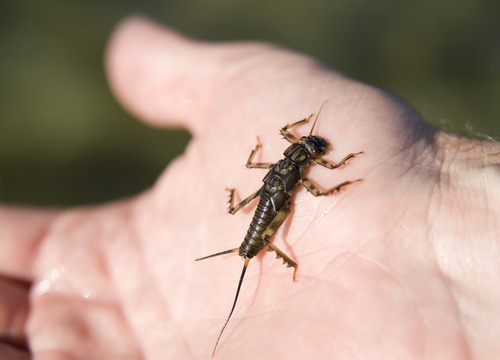
Summary
- This fly pattern was developed by creative fly tyer, Mike Mercer, as an extension of his wildly effective poxyback series of mayfly nymph patterns
- Golden stonefly imitation in the mature nymph or emerger life stage
- Use as either an impressionistic searching fly or as a realistic imitation when matching the hatch
- Drift the fly through different water types; faster riffles and shallower water near the banks of a river with moderate to slow currents are the most productive water types for this fly
- Golden stonefly nymphs are available to trout all year long in trout water throughout North America
- Hatches occur consistently and with long duration throughout the daylight hours
- Strikes on golden stoneflies are often far from subtle because trout must often be prepared to rip these strong clingers from their rocky homes
- When approaching a shallow water environment with a stonefly nymph, be extremely careful not to spook happily feeding trout
- Added weight of bead head will keep the fly low in the water column
- Slim profile with buggy feather gills gives a realistic appearance to this fly pattern
Golden Stonefly
Golden stoneflies are medium to large stoneflies that occur with great regularity and in large numbers in trout waters throughout North America. These golden brown clinger nymphs are widely distributed throughout rivers and streams, and this broad distribution makes the species and important staple of any North American trout’s regular diet. During the larval stage, which commonly lasts anywhere from 1 to 3 years, golden stoneflies spend the balance of their time using their powerful legs and low center of gravity to cling to the rocky bottoms of small to large rivers and spring creeks with moderate to fast flow rates. As nymphs, golden stoneflies display pronounced tails and antennae as well as richly colored golden bellies. As winged adults, these insects take on a rich straw, toffee, burnt cream, or golden umber color and boast the flat wings common to all adult stoneflies. The golden stonefly follows the life stages of a typical stonefly life cycle and hatches across North America with great availability throughout the year, making the species one of great importance to both trout and fly anglers who try to fool them.
Golden Stonefly Emerger Life Stage
During its nymph life stage, these crawlers are most commonly found in the medium to fast water of riffles and higher energy current seams. Prior to and during a hatch, these medium-to-large sized nymphs can also be found in low energy backwaters, eddys, and other shallow streamside environments. Golden stonefly nymphs thrive among the cool, well-oxygenated water of rocky riffles and these nymphs are most vulnerable to trout when they are either swept up by strong currents or when they leave their rocky homes to hatch into winged adults from the safety of the shoreline. Their swimming ability is quite weak and these nymphs expose themselves by making adventurous crawling trips away from safety just before emergence and subsequent on-land hatching. Golden stones are an important hatch on many rivers in North America, and in the west, they are often associated with the prolific hatches of the giant salmonfly, which generally precede the hatches of the golden stonefly. These easily distinguishable nymphs are available to trout throughout the waters of North America on a year-round basis and commonly hatch from morning to evening hours.
About the Tyer: Mike Mercer
Mike Mercer is a self-proclaimed “hopeless fly fishing junkie with an incurable addiction to the vise.” Such honest and direct words are not surprising from Mr. Mercer, a fly angler and tyer known for his innovative uses of fly tying materials and creative fly designs. In fact, it wouldn’t be off the mark to say his fly patterns actually reflect both his honesty and directness.
Mercer has been fishing all his life, but catching his first smallmouth bass on a fly rod blew open the proverbial gates, sending him deep into the fly fishing world. With the help of his grandfather’s old pickup truck, Mercer explored the fantastic trout water of California’s rich wilderness areas. With his youthful enthusiasm for traveling with a fly rod, he actually opened a fly shop of his own. At Mike Mercer’s Rod and Fly (doubling as the basement of his parents’ house) a fly fisher could find a selection of custom fly rods, fly fishing and fly tying magazines, and Mike himself, behind the vise, whipping up box loads of custom flies.
As a fly fishing guide, writer, travel consultant, and creative fly tyer, Mercer has been able to form a unique perspective on the sport and share it with other fly anglers across the world. His fly designs have appeared in magazine, in books, and with the help of Umpqua Feather Merchants, anglers across the globe have been able to fish a Mike Mercer creation hard and with great success in waters near and far.
Mercer’s designs often hinge on an idea that “seems obvious” but from a design perspective, these are often the very best kinds of ideas. Mercer continues to create great flies and is a tremendous resource to the fly fishing and fly tying community.
Read more
Fly Fishing The Eastern Sierra Memorial Day Weekend.
Fall River Proposal Fall River has held a special place in my heart since the first time I fished it, 12 years ago. Its dead calm evenings, enormous sky, magical evening glow, and Mayflies big eno...



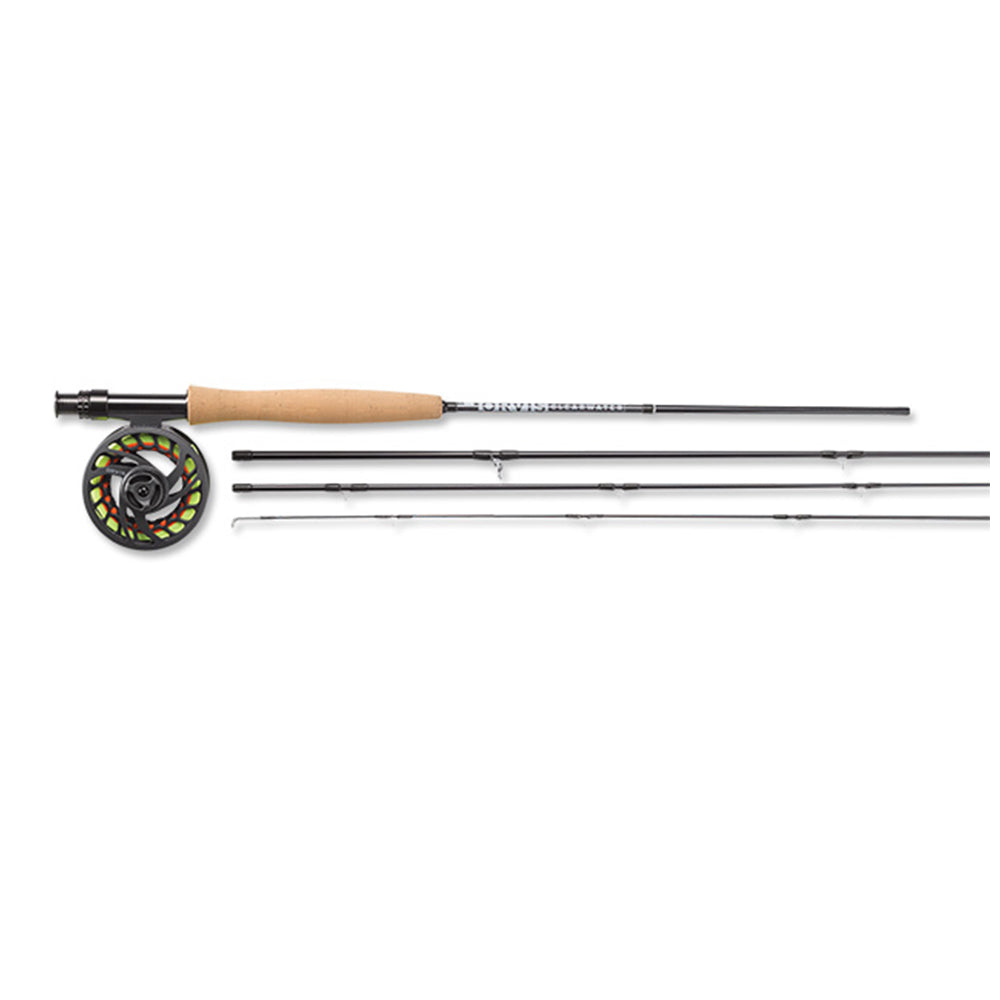





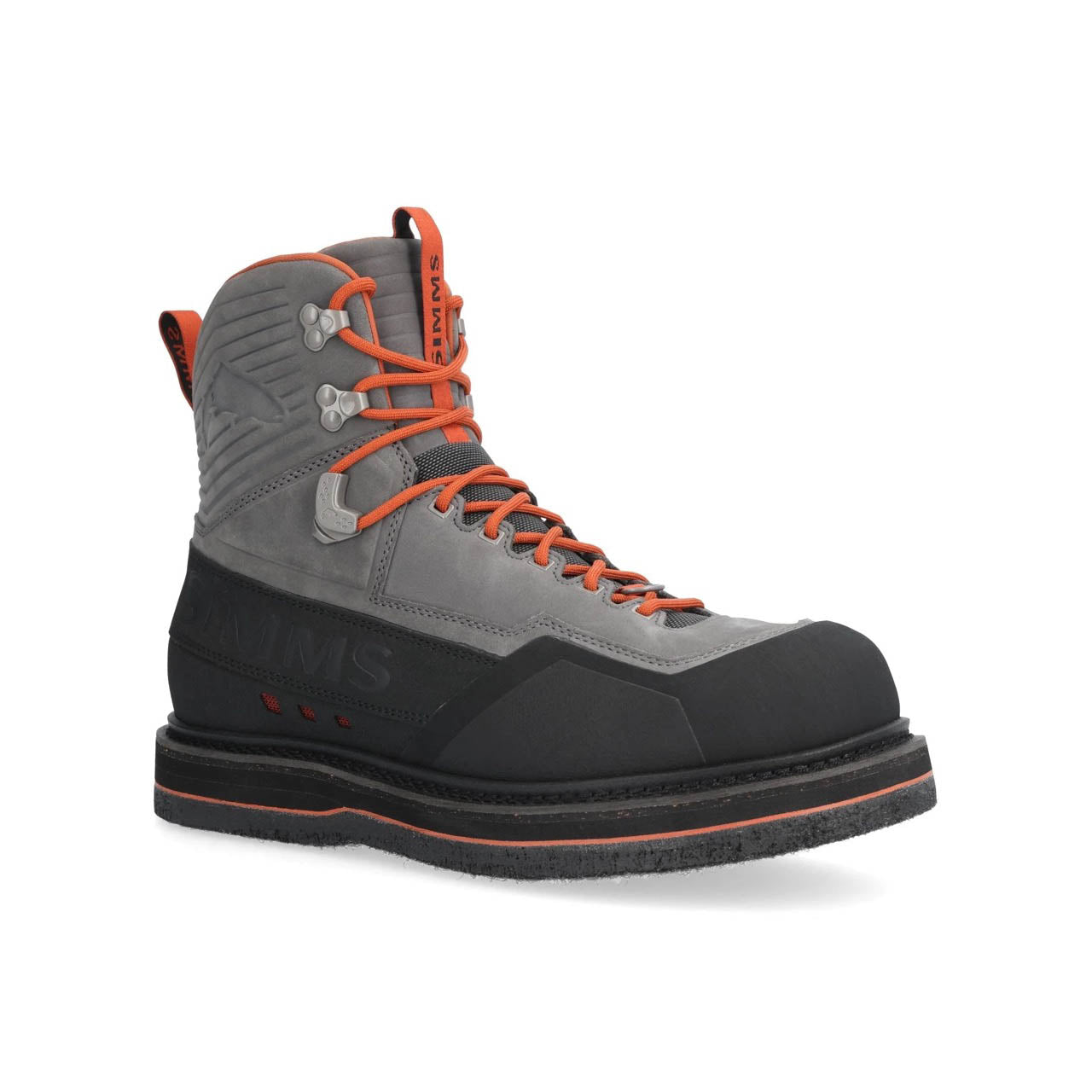








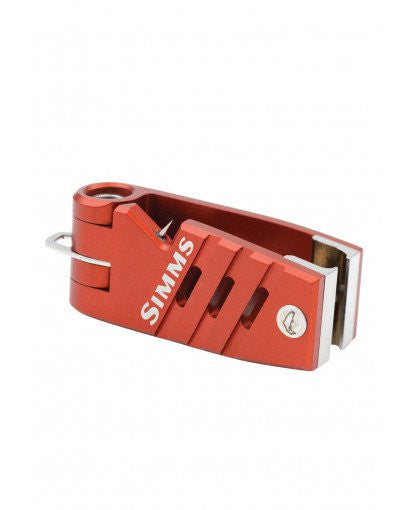
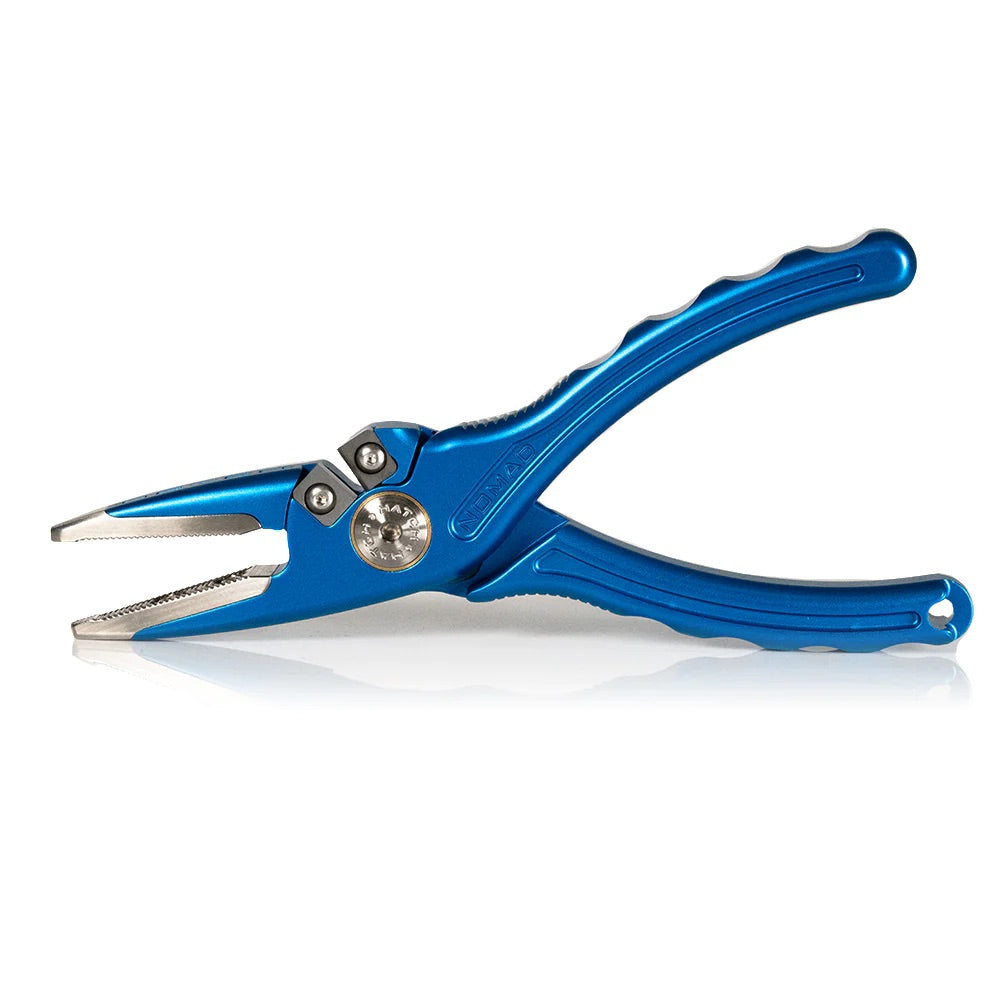







Leave a comment
All comments are moderated before being published.
This site is protected by hCaptcha and the hCaptcha Privacy Policy and Terms of Service apply.